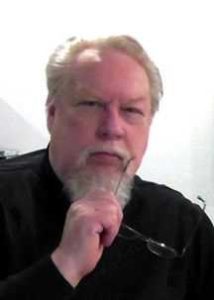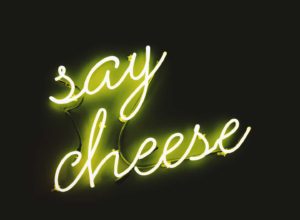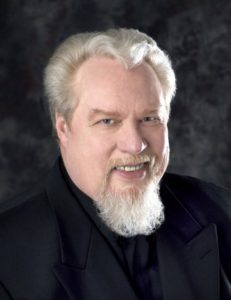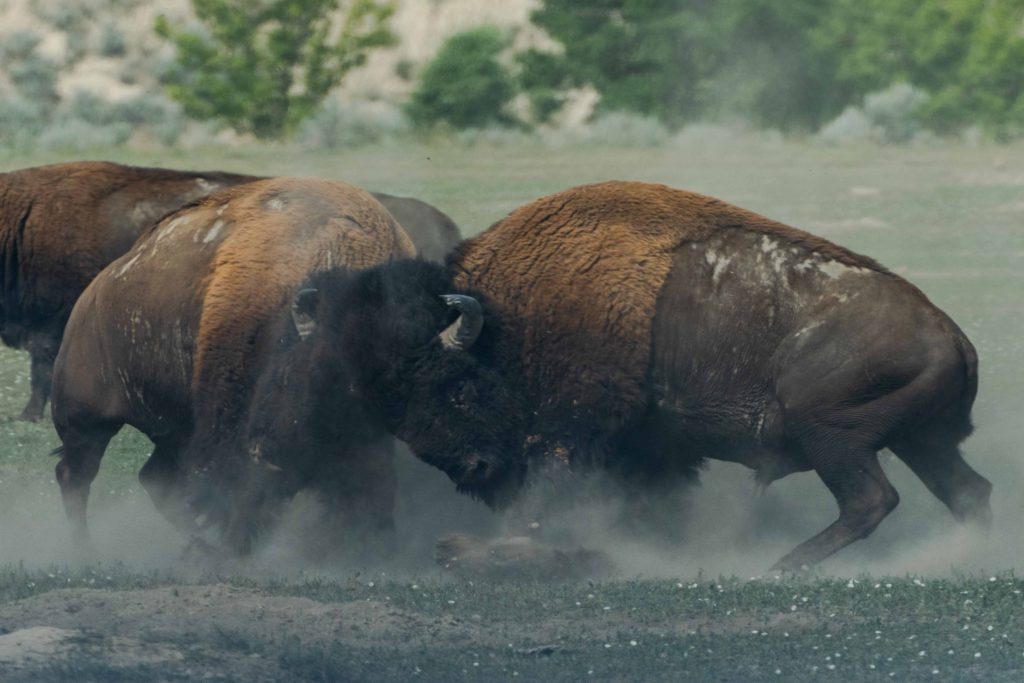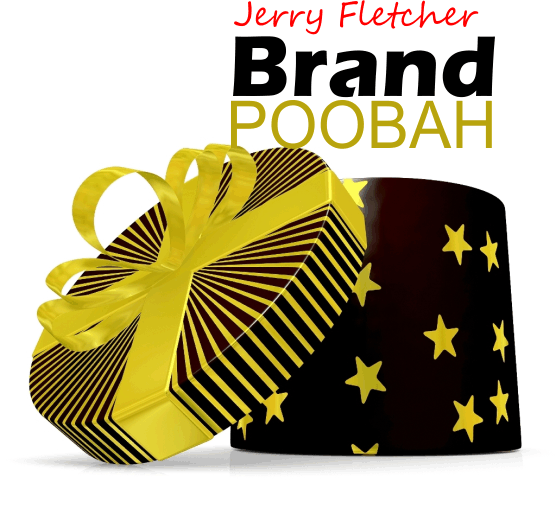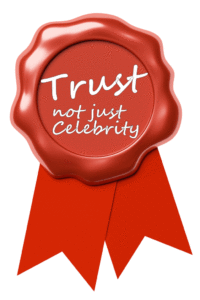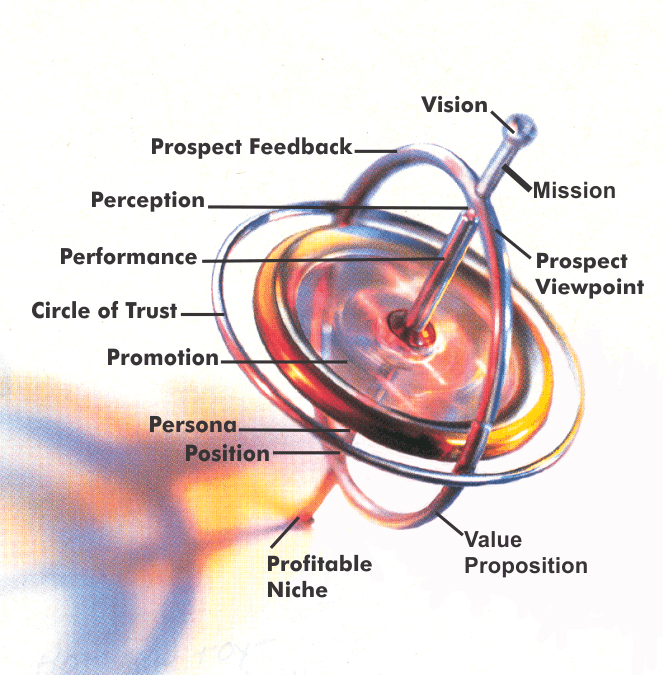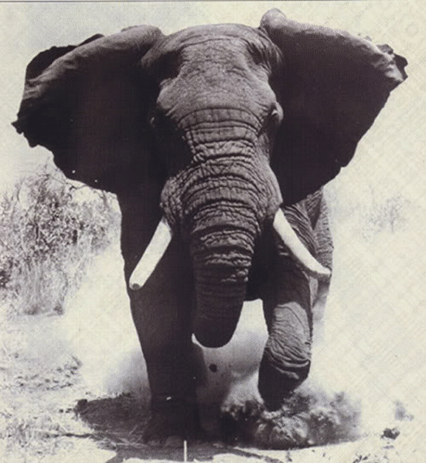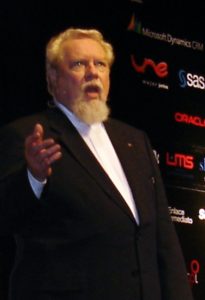
Jim asked me to build a campaign to lure millionaire business CEOs and owners to a seminar hosted by a business bank, a major law firm, an investment banking firm and an expert on leadership as well as succession.
Focus
One of the reasons those men and women have become millionaires is that they succeeded in business. Starting a business is hard. Building it is harder still. Succeeding in building personal wealth at that level can be a herculean task.
In most cases what got them through is the ability to focus on picking one thing at a time and giving it their full attention for a minute or month. A solid brand is the consequence.
The other side of the coin
When you focus and things turn out as hoped it can pile up ego. You can begin to believe there’s nothing you can’t do. Entrepreneurs that try to do it again quickly learn the need for resilience. Business owners that have been in their position over years lose some of the flexibility that made them winners in the early days.
The ego consequence
Because I consult with advisors like Jim and others that negotiate mergers and acquisitions and manage personal investments I hear the tales of woe that make me want to reach out and grab these millionaires by their lapels, shake them and tell them in a hit man’s quiet tones to stop believing they can do everything.
The real scorecard
Their egos can cost owners millions. That is millions before, during and after the sale of their company:
- You can lose a third of the value cited in the letter of intent on the appraisal alone.
- You could make assumptions on the value of your brand and not have the ongoing customers to back it up
- You might not consider actions of the company you no longer run impacting the payout.
Without expert professionals on your team to sell your company you can count on making mistakes you won’t even be aware of making. You will see it on the scorecard—the price you get for this thing you gave our life to build. You will get a lot fewer dollars for all the blood, sweat and tears that went into building that brand. It can seem like your brand is disintegrating a pixel at a time.
What is your brand worth?
Entrepreneurial brands are built on individual and team knowhow. Innovative brands may profit from public offerings. No one tries to go that alone. Few empire builders have had the time or the inclination to carve out expertise in the arena of mergers and acquisitions. Why would you assume what got you here will take care of you there?
Do you want full value? Is it worth swallowing a bit of
pride? Is it important enough to ask for help from experts?
The right team
You can build a company and a brand but usually it takes a team to take it to its greatest heights.
Selling a company is also a team sport. Selling what took you the better part of a life-time to build requires another lineup. You need experts:
- A lawyer that has real experience in buying and selling companies
- Investment bankers skilled in preparing a company for sale and for the inevitable appraisal
- A management consultant who can help you build the leadership team that will continue to make the company profitable
That is the team at a bare minimum. You will also need accountants and a professional negotiator.
Brand Consequences
If the sale is managed properly your brand will go forward as strong as it ever was. If you’re lucky it will be like Craftsman Tools formerly offered exclusively by Sears but now available at Lowe’s.
Your personal brand is another matter. If you get significantly less for the company than the market perceives is the worth it will be ascribed to your ineptitude. If you strike a great deal (even if the brand is absorbed by the purchasing organization} it will be reported positively in the business press and you will get the credit.
Like Brand it takes time
You can believe the buyer (the opposition) will have the best team money can buy. Your lineup must be just as strong.
You can’t get top dollar jumping in at the last minute. You must plan this just like the most important thing you’ve ever done to build the firm. If you want to sell in five years you need to start now. First, establish who would make up the best team in town. Meet with them. Start building a relationship. Determine if you can trust them. Ask their advice before you start. You can hire them later. Right now you want to know what you can do on your own. You need to know what you don’t know.
_______________________________________________________________________________

Jerry Fletcher is a sought-after International Speaker, a beBee ambassador, founder and Grand Poobah of www.BrandBrainTrust.com
His consulting practice, founded in 1990, is known for Trust-based Brand development, Positioning and business development for independent professionals on and off-line.
Consulting: www.JerryFletcher.com
Speaking: www.NetworkingNinja.com
DIY Training: www.ingomu.com
9


